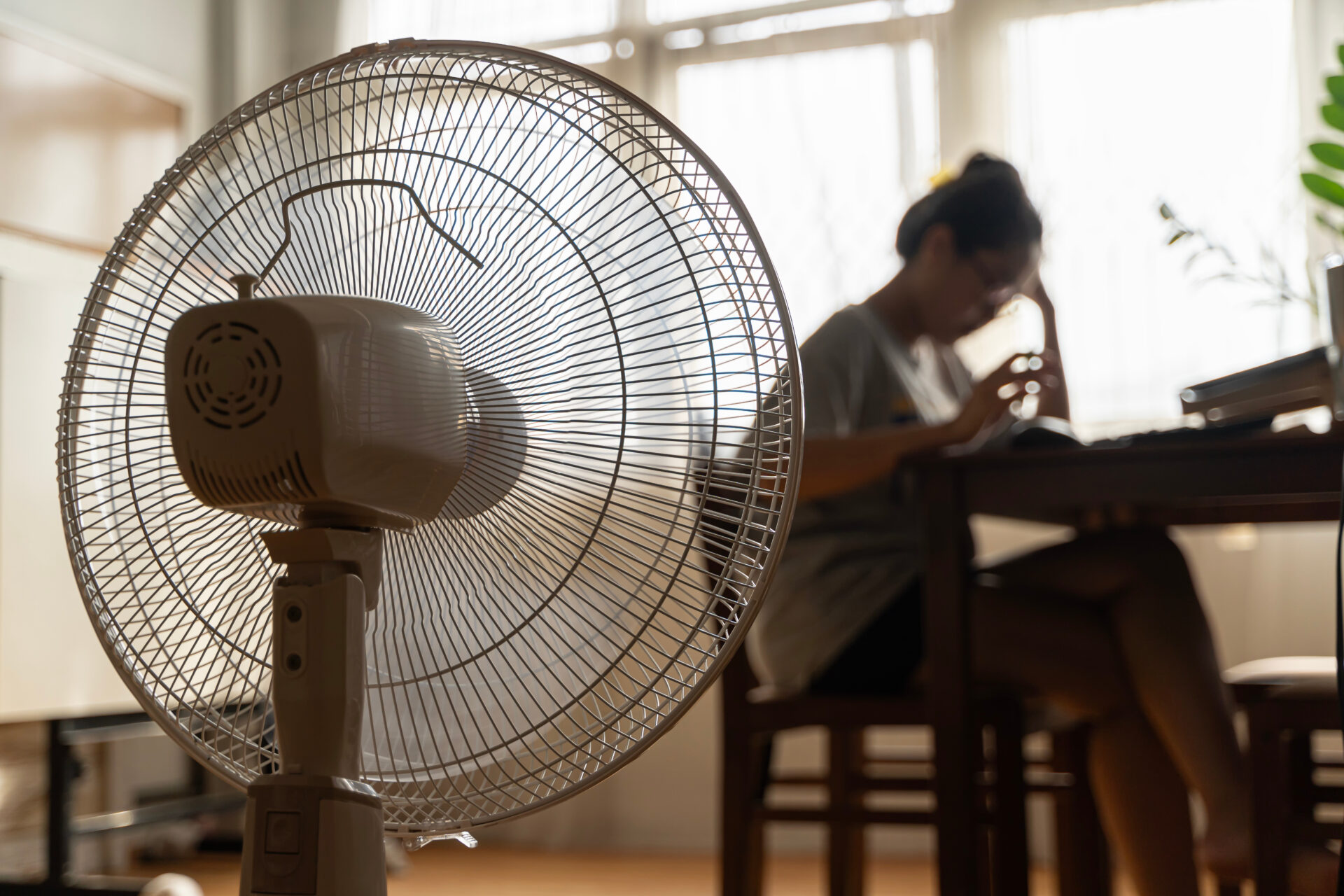As Britain faces increasingly frequent bouts of extreme weather, Acas has reminded employers of their legal responsibility to protect workers from unsafe working temperatures – even though there is no law setting a specific maximum or minimum temperature.
In newly issued guidance, Acas highlighted that employers are bound by a general “duty of care” to ensure working conditions remain reasonable, whether staff are in an office, warehouse, or working from home.
This duty includes preparing for spikes in temperature by making adjustments that safeguard health and comfort.
Acas stressed that employers should take proactive steps when extreme heat or cold is expected.
These include relaxing dress codes to allow for more suitable attire, allowing extra breaks for hydration or warming up, and providing portable heating or cooling devices as necessary.
The guidance also reminds businesses of the need to carry out health and safety risk assessments, particularly for those more vulnerable to temperature extremes, such as pregnant workers or employees with medical conditions or disabilities.
Importantly, if a risk to health cannot be avoided or mitigated – particularly for women who are pregnant, breastfeeding, or have recently given birth – employers are required by law to suspend them on full pay until the risk no longer exists.
Although there is no statutory maximum or minimum working temperature, Acas points to health and safety guidance suggesting that indoor workplaces should normally be at least 16°C, or 13°C for environments involving heavy physical work. However, what qualifies as a “reasonable” temperature depends heavily on the nature of the job and setting.
For instance, what’s suitable in a bakery may not be in a call centre.
As climate change drives more frequent extremes, Acas’s reminder has highlighted the importance of establishing clearer legal thresholds and more robust planning to shield workers from the health impacts of both heatwaves and cold snaps.

















